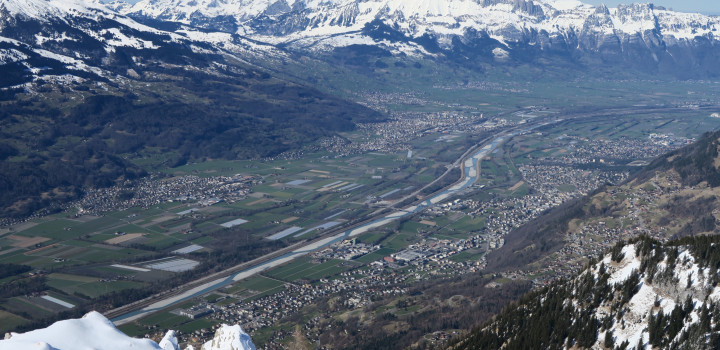Climate change as a central global challenge calls for responsible strategies so as to substantially improve the energy footprint of our actions.
Global climate change is one of the biggest challenges of our time. Landscape architecture is predestined to make a significant contribution to meeting climate targets. As an enterprise, it is our responsibility to optimize the energy footprint of our actions. In addition, open spaces also directly improve the urban climate by supporting, for example, the circulation of air and the creation of cold air. We promote the development of sustainable urban and landscape spaces with a holistic approach, in which trees, landscape architecture’s most important design element, are given a very new significance.











